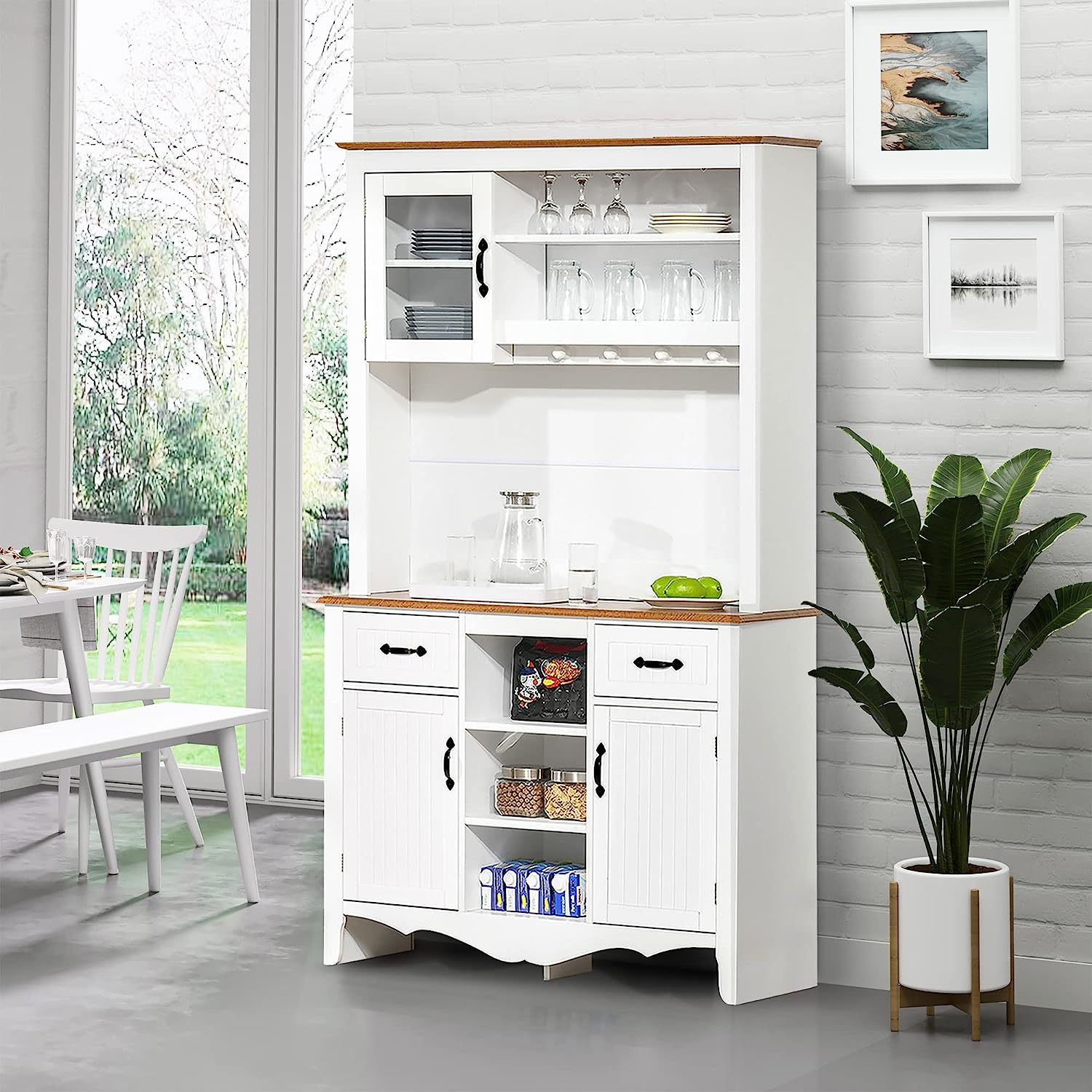

Articles
What Is A Hoosier Cabinet
Modified: January 19, 2024
Discover the history and uses of the Hoosier cabinet, a classic piece of kitchen furniture. Explore its features and find inspiration for your own kitchen design.
(Many of the links in this article redirect to a specific reviewed product. Your purchase of these products through affiliate links helps to generate commission for Storables.com, at no extra cost. Learn more)
Introduction
The Hoosier cabinet is a timeless piece of furniture that holds a significant place in American history. This cleverly designed kitchen cabinet gained popularity in the early 20th century, providing a practical and efficient solution for storing and organizing kitchen essentials. With its unique features and functionality, the Hoosier cabinet revolutionized the way kitchens were utilized in homes across the country.
Named after the residents of Indiana, the term “Hoosier” became synonymous with this type of cabinet due to the state’s reputation for manufacturing and producing high-quality kitchen furniture. As a result, Hoosier cabinets quickly became a staple in American households, loved for their convenience, versatility, and ability to optimize kitchen space.
Throughout this article, we will explore the fascinating history of Hoosier cabinets, their distinctive design elements, the purposes they served in kitchens, their rise in popularity and eventual decline, as well as the modern variations and reproductions that continue to keep their legacy alive today.
So, let’s embark on a journey to discover the captivating story of the Hoosier cabinet and the role it played in shaping American kitchens.
Key Takeaways:
- The Hoosier cabinet revolutionized American kitchens in the early 20th century, offering efficient storage, convenient workspaces, and elegant design, leaving a lasting legacy in the world of kitchen furniture.
- Despite the decline in popularity, Hoosier cabinets continue to captivate collectors and homeowners, with modern variations and reproductions preserving their timeless charm and functionality in today’s kitchens.
Read more: What Is Hoosier Glass
History of Hoosier Cabinets
The history of Hoosier cabinets dates back to the late 19th century when kitchens were typically cluttered with separate pieces of furniture for storage and food preparation. Recognizing the need for a more efficient and organized kitchen workspace, companies like the Hoosier Manufacturing Co. and Sellers Kitchen Cabinet Company began developing innovative solutions.
In the early 1900s, these companies introduced the first Hoosier cabinet models. These cabinets featured a compact design with a combination of built-in storage, work surfaces, and convenient accessories, all in one unit. This concept revolutionized kitchen functionality and quickly captured the attention of homemakers who sought to streamline their everyday tasks.
Hoosier cabinets were designed for ultimate convenience. They typically featured a porcelain or enamel countertop that was easy to clean and resistant to stains. The cabinets were equipped with multiple drawers, shelves, and compartments, providing ample space for storing flour, sugar, spices, cookware, and other kitchen essentials. Some models even had built-in sifters, spice racks, recipe holders, and pull-out cutting boards, making food preparation more convenient than ever before.
During the early 20th century, Hoosier cabinets became immensely popular, with advertisements featuring their time-saving benefits and modern design attracting widespread attention. These cabinets were often seen as a symbol of progress, efficiency, and sophistication. They were not only functional but also added a touch of elegance to the kitchen with their ornate details, glass fronted doors, and decorative flour bins.
As the popularity of Hoosier cabinets grew, other furniture companies began producing their own versions, leading to a wide variety of styles and designs. However, the true Hoosier cabinets were known for their superior craftsmanship, attention to detail, and high-quality materials, setting them apart from imitations.
With the advent of built-in kitchen cabinets in the mid-20th century, the demand for standalone Hoosier cabinets began to decline. However, their legacy continued to live on as a cherished piece of American history and a symbol of innovation in the kitchen.
Today, Hoosier cabinets are sought after by collectors and antique enthusiasts for their nostalgic charm and functional design. They serve as a reminder of a bygone era when efficiency and organization were at the forefront of kitchen design.
Design and Features
What sets Hoosier cabinets apart from other kitchen furniture is their unique design and innovative features. These cabinets were meticulously crafted to maximize storage space and improve efficiency in the kitchen.
Hoosier cabinets typically have a freestanding structure with a compact footprint, making them suitable for both large and small kitchens. They are often made of solid wood, such as oak or pine, and feature a combination of drawers, cabinets, and shelves for storage.
One of the standout design elements of a Hoosier cabinet is the porcelain or enamel countertop. This spacious and easy-to-clean work surface provides a durable and hygienic area for meal preparation. Some models even have built-in cutting boards that can be pulled out for added convenience.
Hoosier cabinets also feature a variety of accessories and specialized storage compartments. Pull-out metal bins were designed to hold flour and sugar, allowing for easy access during baking. Spice racks, often located on the inside of cabinet doors, kept spices organized and within reach. Canisters with labeled compartments were used for storing commonly used items like coffee, tea, and rice. These clever storage solutions helped homemakers keep their kitchens tidy and well-organized.
In addition to storage, Hoosier cabinets emphasized functionality. Many models had built-in sifters that were incorporated into the countertop. This allowed homemakers to sift flour or sugar directly into a mixing bowl, without the need for additional tools or utensils. The cabinets also frequently featured built-in recipe holders, making it convenient to reference cooking instructions while preparing meals.
The design of Hoosier cabinets was not only practical but also visually appealing. They often had decorative glass-fronted doors that showcased china or colorful kitchenware. Intricate woodworking details, such as carved flour bins or ornate handles, added an elegant touch to the overall design.
Overall, Hoosier cabinets were thoughtfully designed to optimize kitchen functionality, increase storage capacity, and simplify meal preparation. Their combination of style and practicality made them a staple feature in countless American kitchens during the early 20th century.
Uses and Functionalities
Hoosier cabinets served as the heart of the kitchen, offering a multitude of uses and functionalities that made life easier for homemakers. They were designed to streamline kitchen tasks, improve organization, and provide a convenient workspace.
One of the primary uses of a Hoosier cabinet was storage. With their multiple drawers, shelves, and compartments, these cabinets offered ample space for storing a wide range of kitchen essentials. Flour, sugar, spices, canned goods, cookware, and utensils could all be neatly organized and readily accessible within the cabinet’s designated storage areas.
The countertops of Hoosier cabinets provided a dedicated space for food preparation. Homemakers could easily roll out dough, chop vegetables, or assemble ingredients for meals on the smooth and easy-to-clean surface. The porcelain or enamel material ensured that the countertop remained sanitary and stain-resistant.
Hoosier cabinets also excelled in promoting kitchen efficiency. With built-in sifters, homemakers could easily sift flour or sugar into a mixing bowl without the need for additional equipment. This saved time and effort during baking and cooking processes.
The specialized compartments and accessories of Hoosier cabinets played a crucial role in enhancing functionality. Spice racks allowed homemakers to organize and access a variety of spices quickly. Canisters provided designated storage for commonly used items like coffee, tea, and rice, eliminating the need for additional containers in the kitchen.
Additionally, the built-in recipe holders found in Hoosier cabinets allowed cooks to keep their favorite recipes at their fingertips. This feature proved invaluable when following complex recipes, ensuring accuracy and ease of preparation.
The versatility of Hoosier cabinets extended beyond their functional uses. These cabinets also served as a focal point in the kitchen, adding charm and character to the overall decor. Their elegant design and ornate details made them a beautiful addition to any home.
Overall, the uses and functionalities of Hoosier cabinets transformed kitchens into efficient workspaces, providing homemakers with a central hub for storage, food preparation, and organization. These cabinets became an integral part of daily life, revolutionizing the way kitchens were utilized in American homes.
A Hoosier cabinet is a type of freestanding kitchen cabinet popular in the early 20th century, known for its storage space, built-in flour sifter, and pull-out work surface. It was designed to make food preparation more efficient and organized.
Popularity and Decline
During the early 20th century, Hoosier cabinets experienced a surge in popularity and became a must-have item in American kitchens. Their innovative design, practical features, and efficient use of space captured the attention of homemakers across the country.
Hoosier cabinets were heavily advertised, with manufacturers highlighting their time-saving benefits and modern conveniences. These advertisements, often found in popular magazines and catalogs, played a significant role in boosting the cabinets’ popularity and creating a sense of desire among consumers.
The cabinets were considered a symbol of modernity and sophistication. Owning a Hoosier cabinet was a sign of a well-equipped and well-organized kitchen, and it became a point of pride for many households.
However, as the mid-20th century approached, built-in kitchen cabinets gained traction in the market. With the rise of suburban living and the introduction of new housing developments, built-in cabinets became a standard feature in modern kitchens. These cabinets offered a more cohesive and streamlined look, seamlessly blending into the overall kitchen design.
The convenience and aesthetics of built-in cabinets led to a decline in demand for standalone Hoosier cabinets. Homemakers began opting for integrated kitchen cabinetry that provided a consistent and cohesive appearance.
As a result, many Hoosier cabinet manufacturers either closed their doors or shifted their production to other types of furniture. The decline in popularity led to the disappearance of Hoosier cabinets from the mainstream kitchen furniture market.
However, despite the decline, Hoosier cabinets have not been forgotten. Today, they are highly sought after by collectors, antique enthusiasts, and those seeking to create a vintage-inspired kitchen. The nostalgic charm, practicality, and unique design of Hoosier cabinets have ensured their enduring appeal.
Moreover, the decline of the original Hoosier cabinets paved the way for modern variations and reproductions. Furniture makers have recognized the enduring appeal of Hoosier cabinets and have created updated versions that combine the vintage charm with modern functionalities.
Although their popularity waned over the years, the legacy of Hoosier cabinets remains strong. These cabinets are constant reminders of a time when kitchen efficiency and style were the epitome of modern living.
Read more: What Is The Kitchen Cabinet
Modern Variations and Reproductions
While the original Hoosier cabinets may have declined in popularity, their legacy lives on through modern variations and reproductions. Furniture makers have recognized the enduring appeal of these cabinets and have recreated them with a blend of vintage charm and contemporary functionalities.
Modern variations of Hoosier cabinets are designed to replicate the distinctive features and functionality of the original cabinets. They often feature solid wood construction, porcelain or enamel countertops, and a combination of drawers, shelves, and compartments for storage.
One notable difference in modern variations is the addition of modern conveniences. For example, some modern Hoosier-style cabinets may incorporate electrical outlets or USB charging ports to accommodate the use of electronic devices in the kitchen. This blend of classic design with modern amenities appeals to homeowners seeking a nostalgic aesthetic without sacrificing modern functionality.
In addition to modern variations, reproductions of original Hoosier cabinets can also be found in the market. These reproductions aim to capture the essence of the original cabinets, meticulously replicating their design elements and craftsmanship.
Reproduction Hoosier cabinets often use traditional manufacturing techniques and high-quality materials to recreate the look and feel of the original cabinets. Some even feature details such as glass-fronted doors, ornate flour bins, and delicate woodwork, staying true to the authentic style of the early 20th century.
These modern variations and reproductions of Hoosier cabinets appeal to collectors, vintage enthusiasts, and homeowners looking to incorporate a touch of nostalgia into their kitchens. They are a testament to the enduring appeal of this iconic furniture piece and serve as a reminder of the past era’s ingenuity and charm.
Whether it’s an updated variation or an authentic reproduction, these modern renditions of Hoosier cabinets offer a perfect blend of vintage aesthetics and contemporary functionality, allowing homeowners to enjoy the timeless appeal of these iconic pieces in their homes.
Collecting and Restoring Hoosier Cabinets
For enthusiasts and collectors, Hoosier cabinets hold a special place in the world of antique furniture. Collecting and restoring these cabinets allows individuals to preserve a piece of history while adding unique character and functionality to their homes.
When it comes to collecting Hoosier cabinets, it’s important to consider factors such as authenticity, condition, and rarity. Authenticity plays a key role in determining the value of a Hoosier cabinet, as there are many replicas and imitations in the market. Researching the manufacturer, period, and design details can help collectors identify genuine cabinets.
Condition is another crucial aspect to consider. While it’s possible to find Hoosier cabinets in various states of disrepair, collectors often aim for pieces in good condition or those with potential for restoration. Assessing the integrity of the cabinet’s structure and identifying any missing or damaged parts is essential in determining the level of restoration required.
Restoring a Hoosier cabinet requires careful attention to detail and a love for craftsmanship. The restoration process can involve various tasks such as cleaning, repairing or replacing hardware, refinishing wood surfaces, and replacing missing or damaged components.
It’s important to approach restoration with respect for the cabinet’s original design and materials. Working with professionals experienced in antique furniture restoration is recommended to ensure proper techniques and preservation of the cabinet’s authenticity. Researching and referencing historical resources can also help guide the restoration process and retain the integrity of the original design.
Collectors and restoration enthusiasts can often find Hoosier cabinet parts and accessories through specialized antique stores, online marketplaces, or through other collectors. Locating original hardware, such as handles, flour sifters, and spice racks, can significantly enhance the authenticity and value of a restored Hoosier cabinet.
Aside from restoration, it’s also important to properly care for and maintain Hoosier cabinets over time. Regular dusting, cleaning, and avoiding exposure to excessive moisture or direct sunlight can help extend the life and preserve the beauty of these cherished pieces.
Ultimately, collecting and restoring Hoosier cabinets allows individuals to be a part of preserving a significant piece of American history. These pieces not only provide functional storage and workspace but also serve as reminders of a time when ingenuity and craftsmanship were valued in everyday life.
Conclusion
The Hoosier cabinet holds a special place in American history, representing a time when efficiency, organization, and style were paramount in the kitchen. The clever design, innovative features, and timeless charm of Hoosier cabinets revolutionized the way kitchens were utilized and transformed the cooking experience for countless homemakers.
From their humble beginnings in the early 20th century to their decline in popularity with the advent of built-in kitchen cabinets, Hoosier cabinets have left an indelible mark on kitchen design and functionality. Their popularity may have waned over the years, but their enduring legacy continues to captivate collectors, antique enthusiasts, and homeowners wishing to infuse their kitchens with a touch of nostalgia.
It’s fascinating to explore the history, design, uses, and functionalities of Hoosier cabinets. The intricate woodworking details, the porcelain or enamel countertops, the specialized compartments, and the clever accessories all served a purpose in making kitchens more efficient and organized.
Today, modern variations and reproductions of Hoosier cabinets allow homeowners to embrace the vintage charm of these iconic furniture pieces while enjoying the convenience of modern amenities. Collectors and restoration enthusiasts play a crucial role in preserving the legacy of Hoosier cabinets by carefully collecting, restoring, and cherishing these remarkable antiques.
As we reflect on the rich history of Hoosier cabinets, we are reminded of a time when ingenuity, craftsmanship, and practicality went hand in hand. These cabinets represent not only a functional piece of furniture but also a symbol of progress, elegance, and the art of homemaking.
So, whether you’re an antique collector, a lover of vintage aesthetics, or simply curious about the evolution of American kitchens, the Hoosier cabinet will continue to captivate and inspire us, serving as a testament to the creativity and innovation that have shaped our homes and our culinary experiences.
Frequently Asked Questions about What Is A Hoosier Cabinet
Was this page helpful?
At Storables.com, we guarantee accurate and reliable information. Our content, validated by Expert Board Contributors, is crafted following stringent Editorial Policies. We're committed to providing you with well-researched, expert-backed insights for all your informational needs.
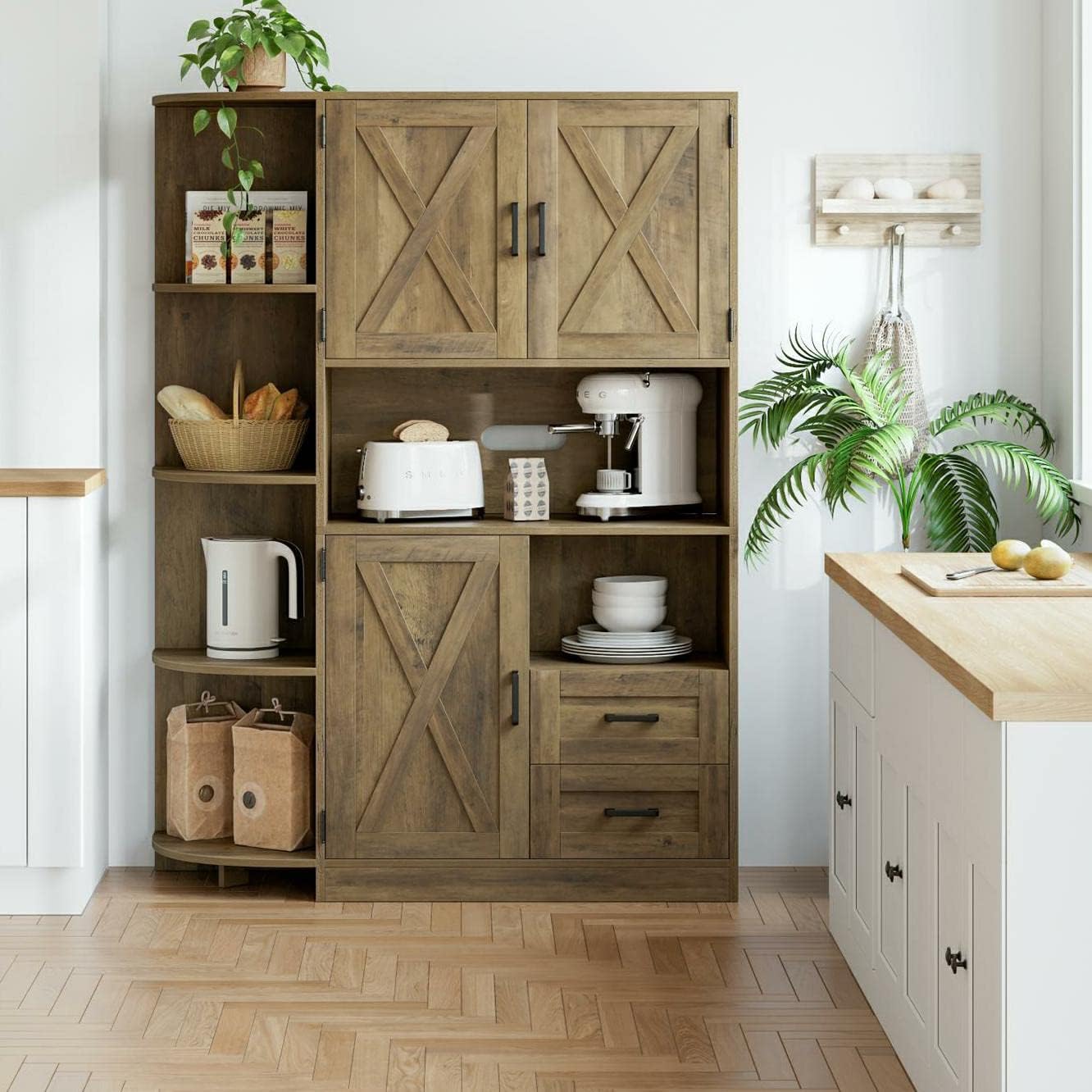
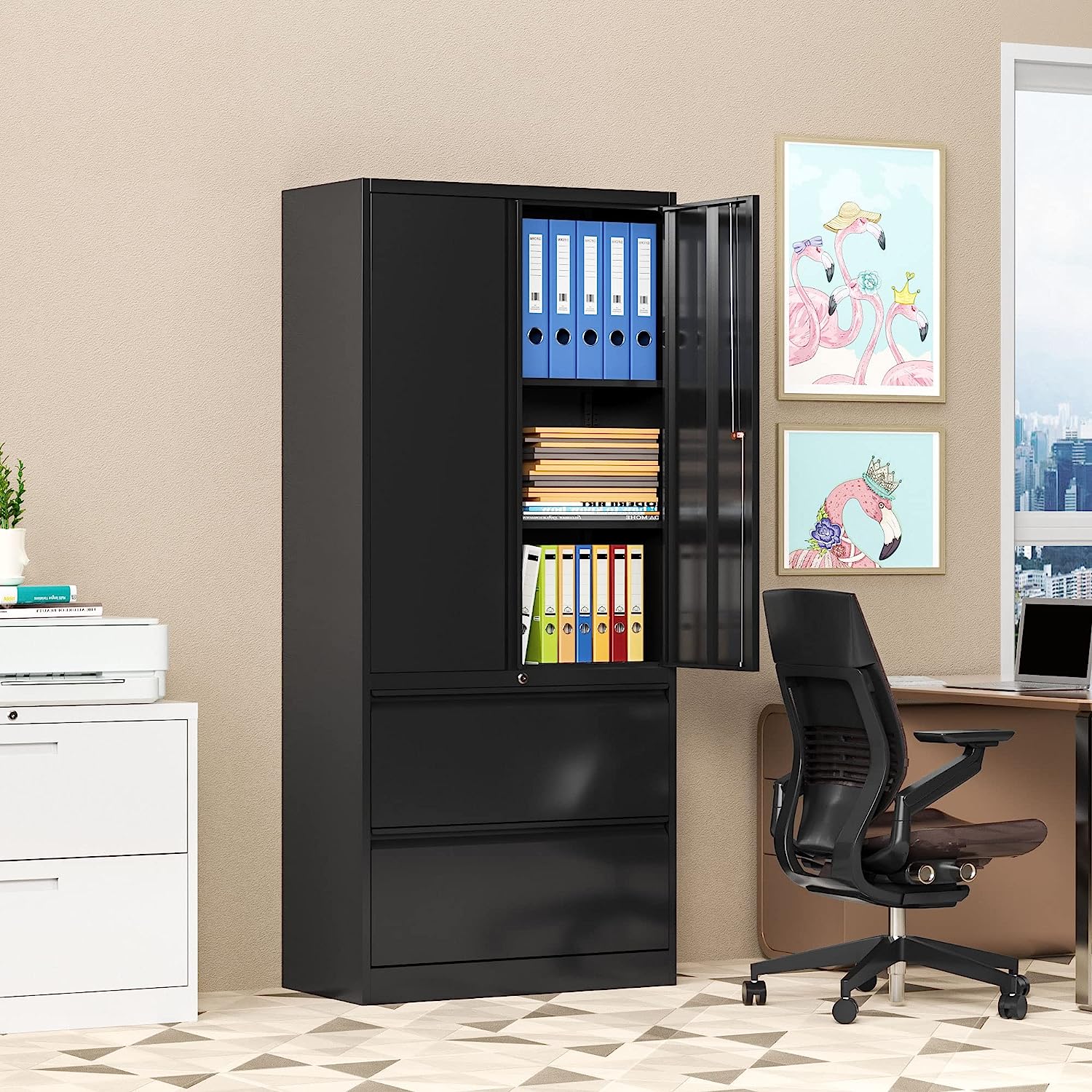
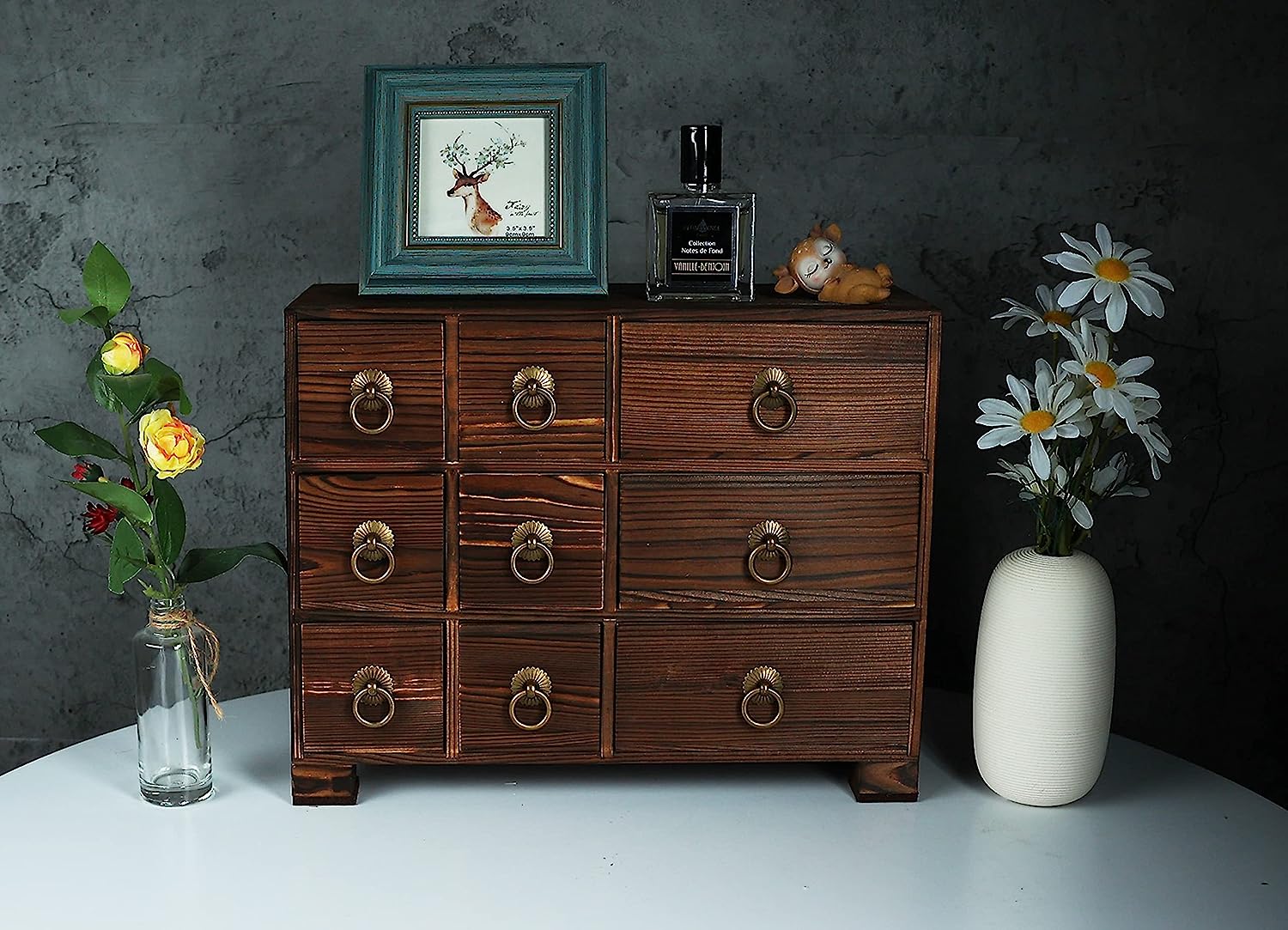
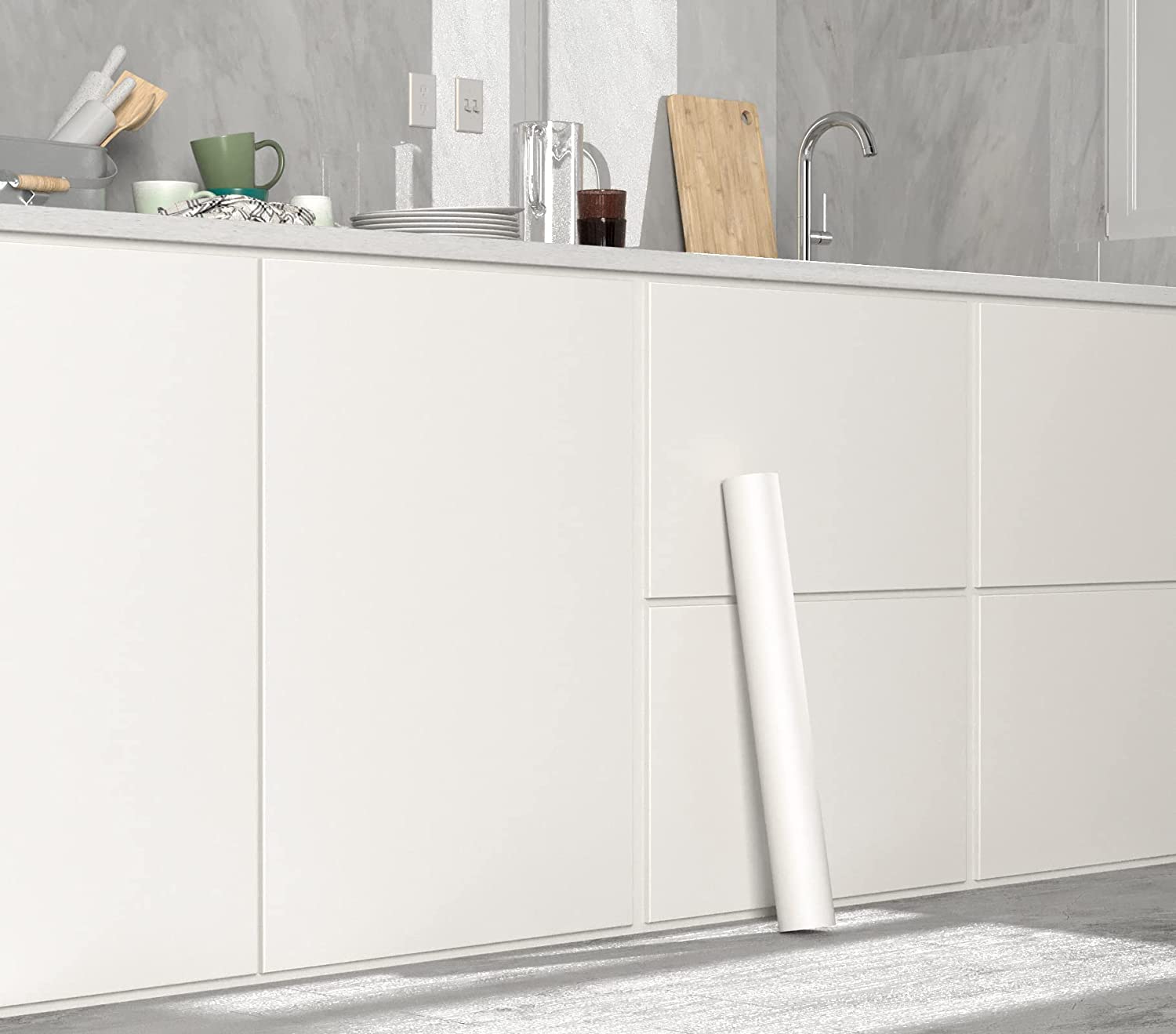
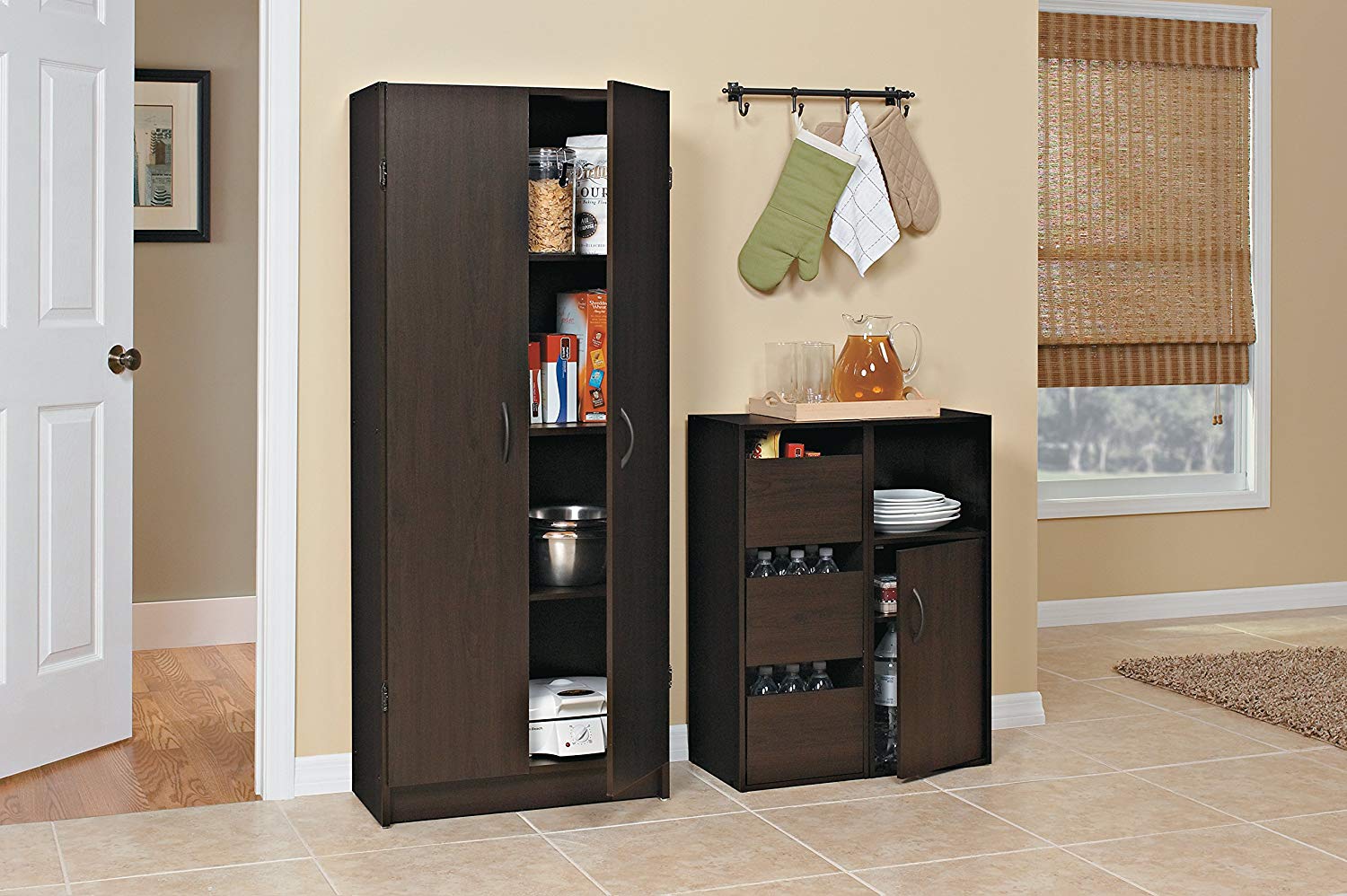
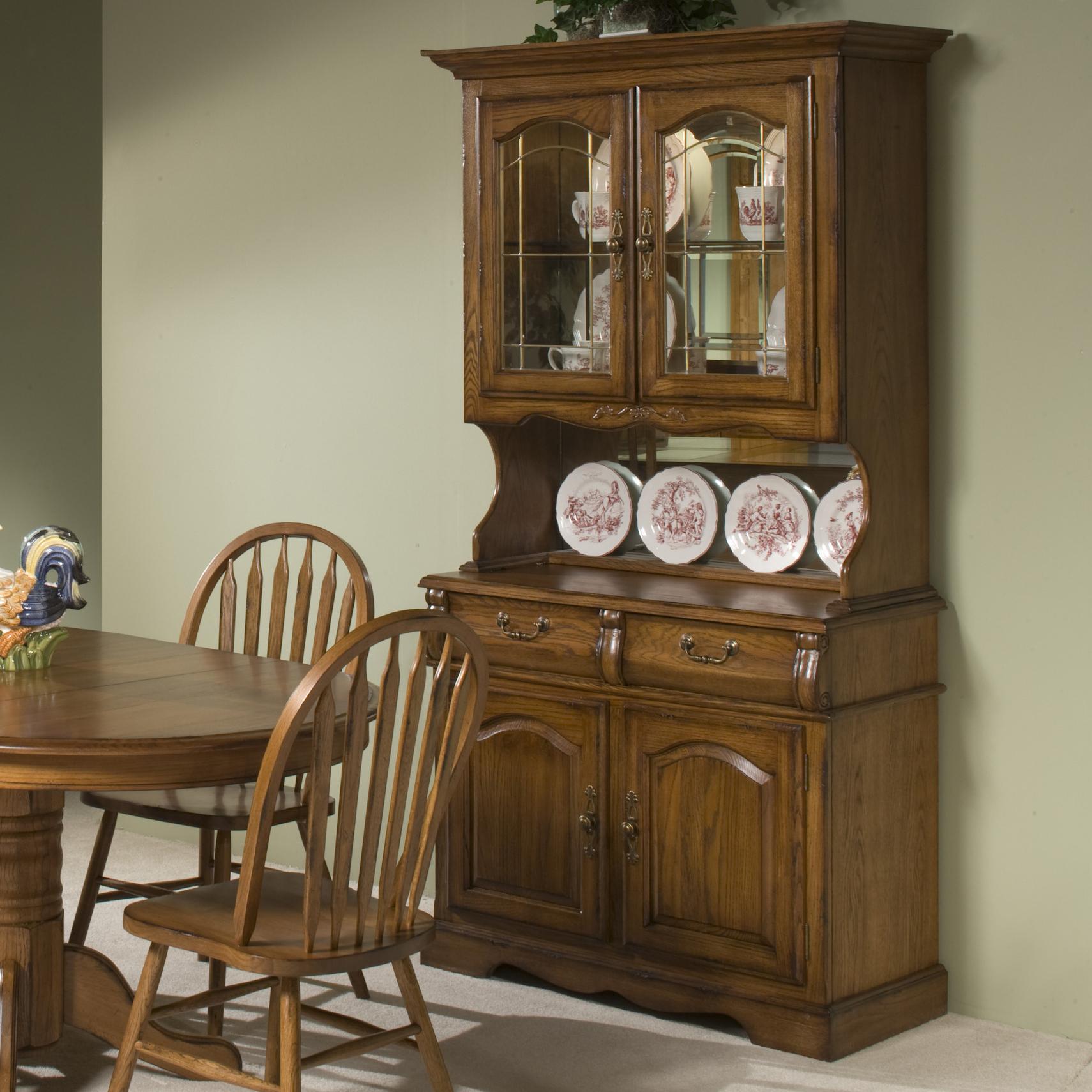
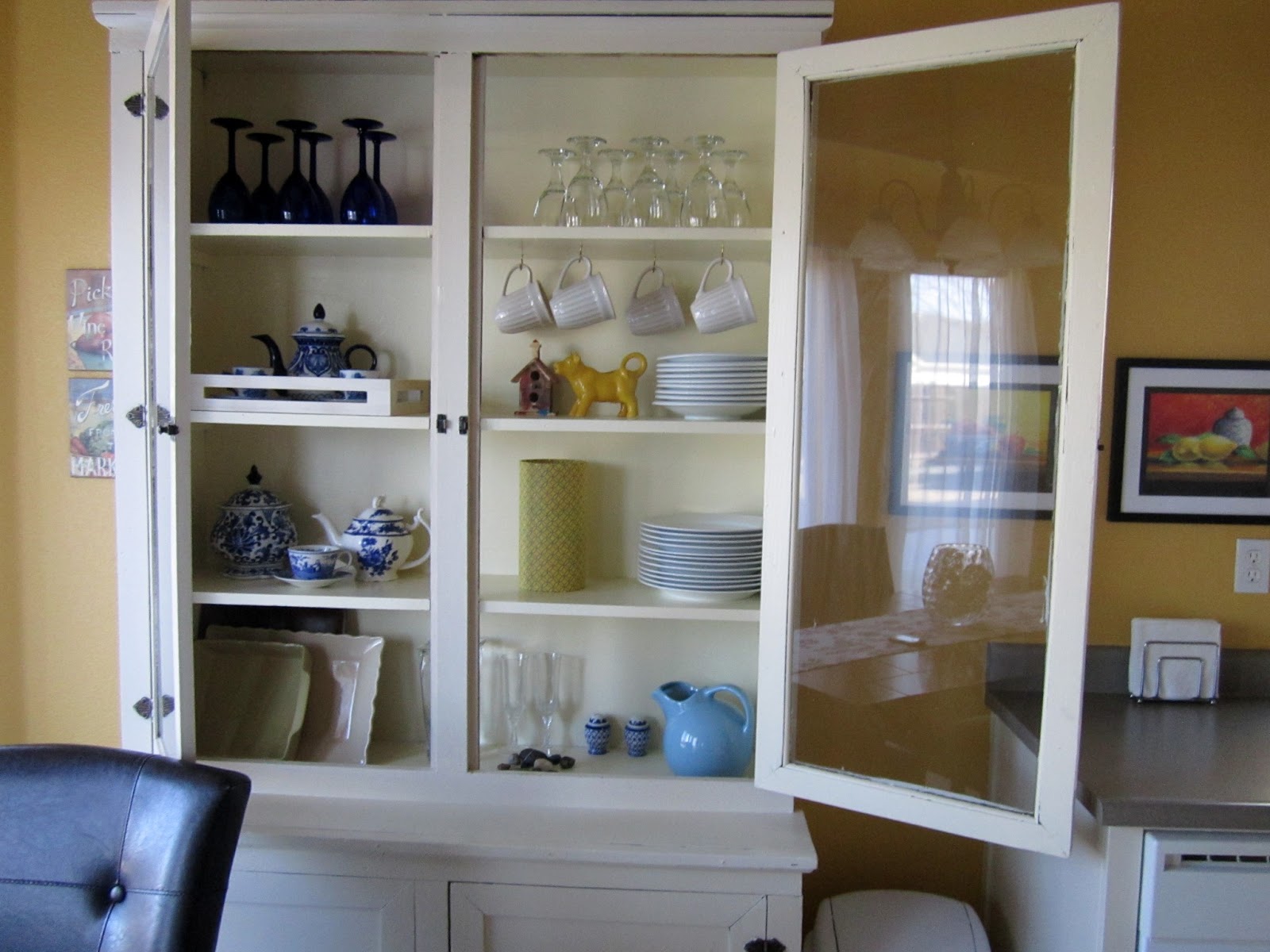
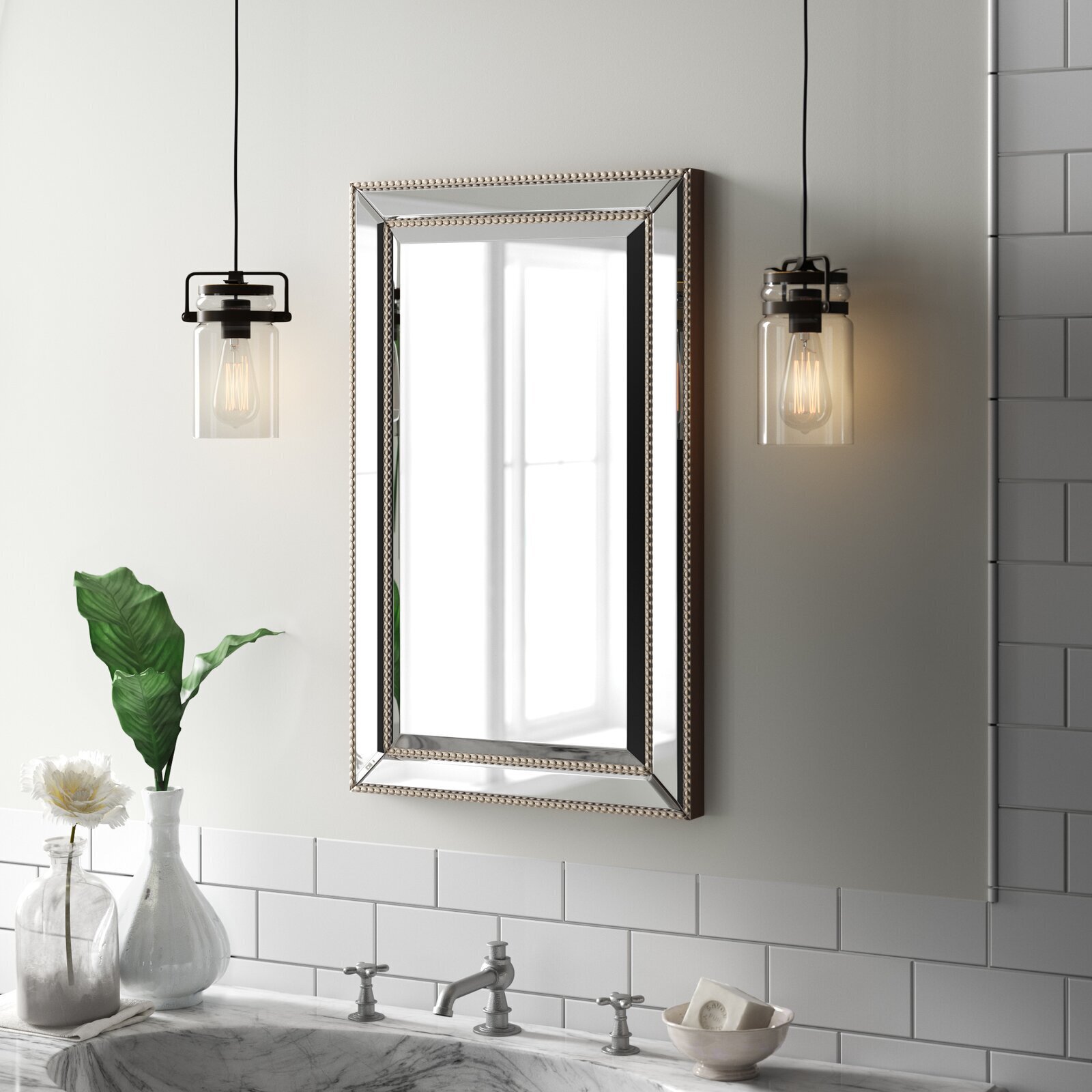
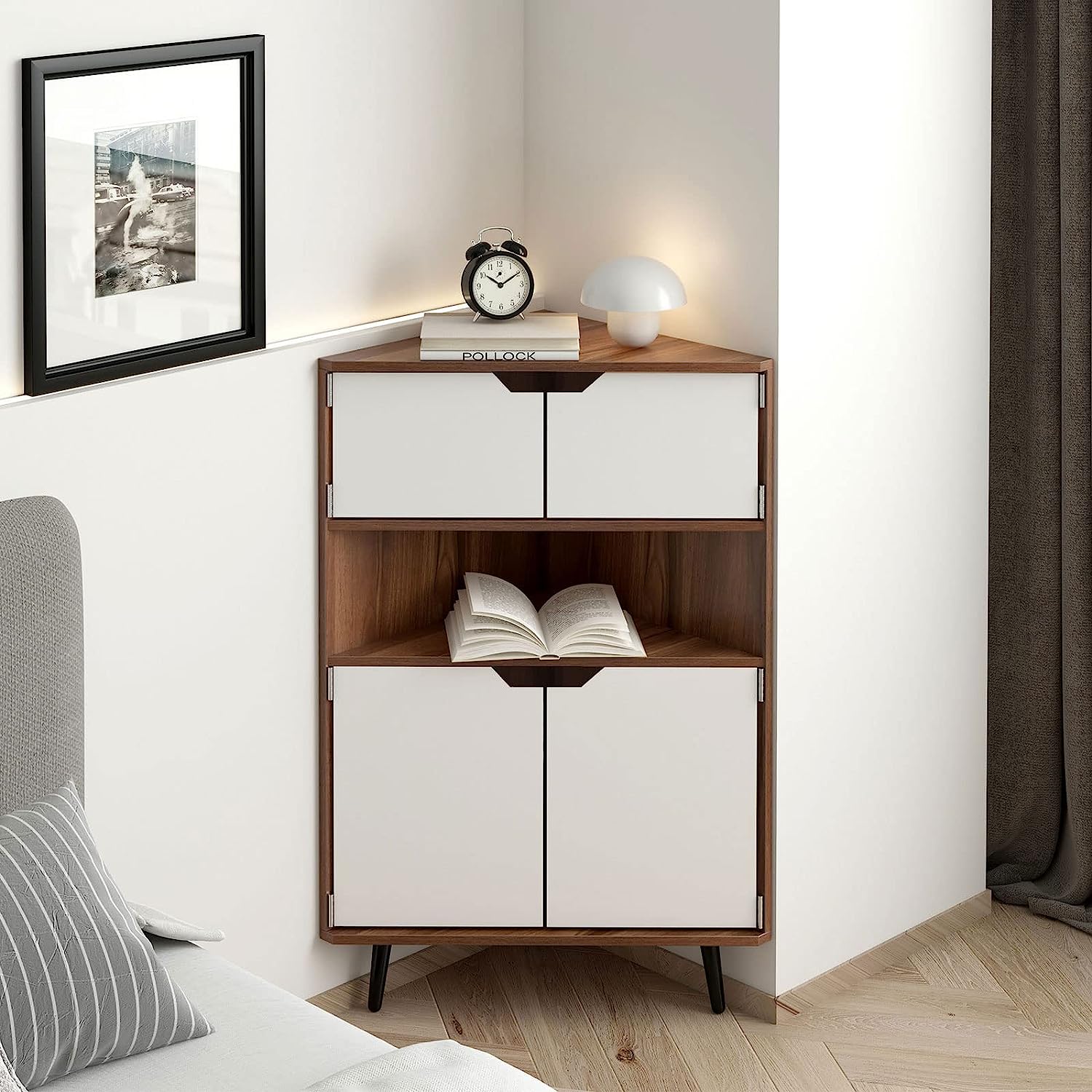
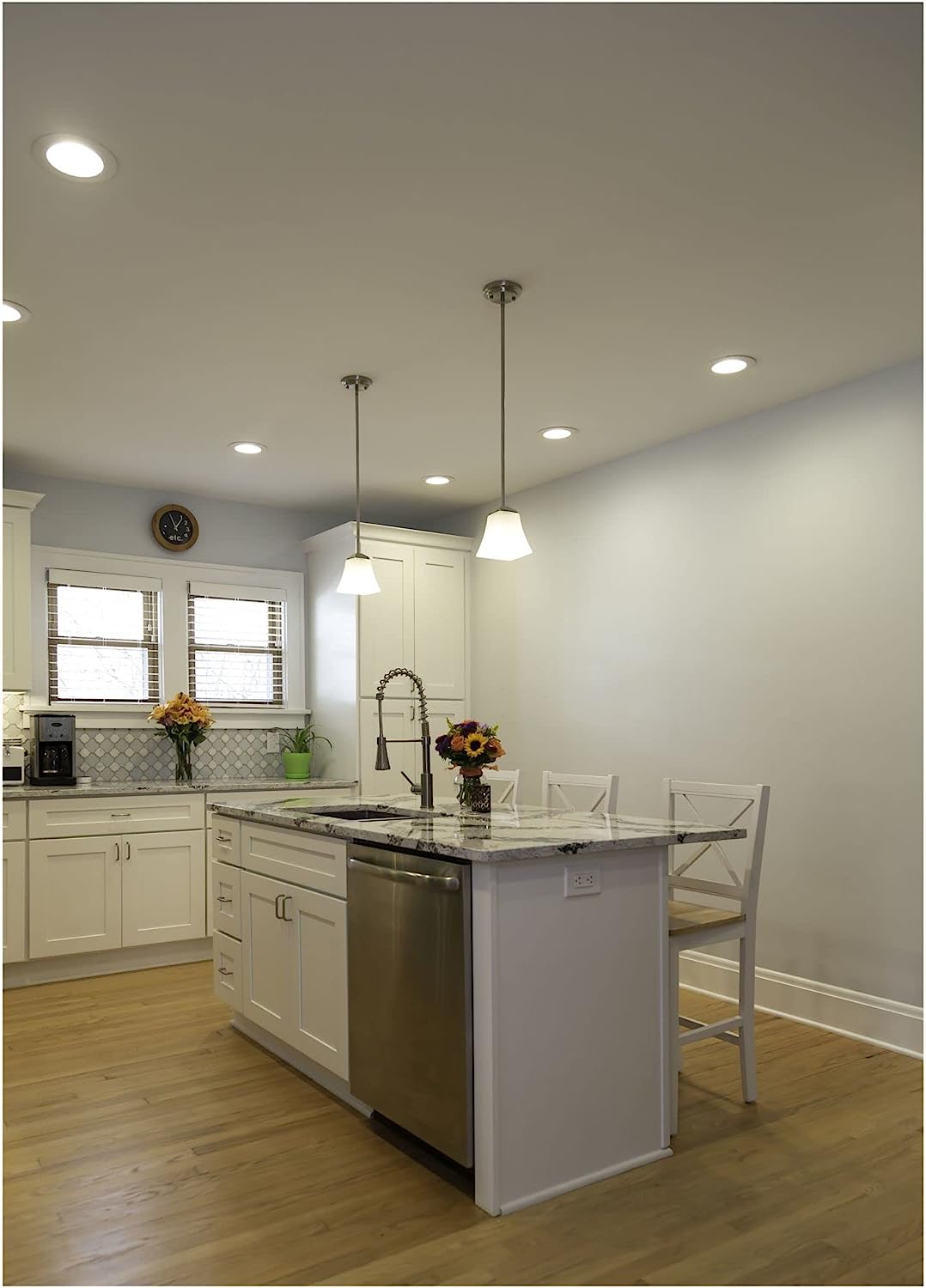
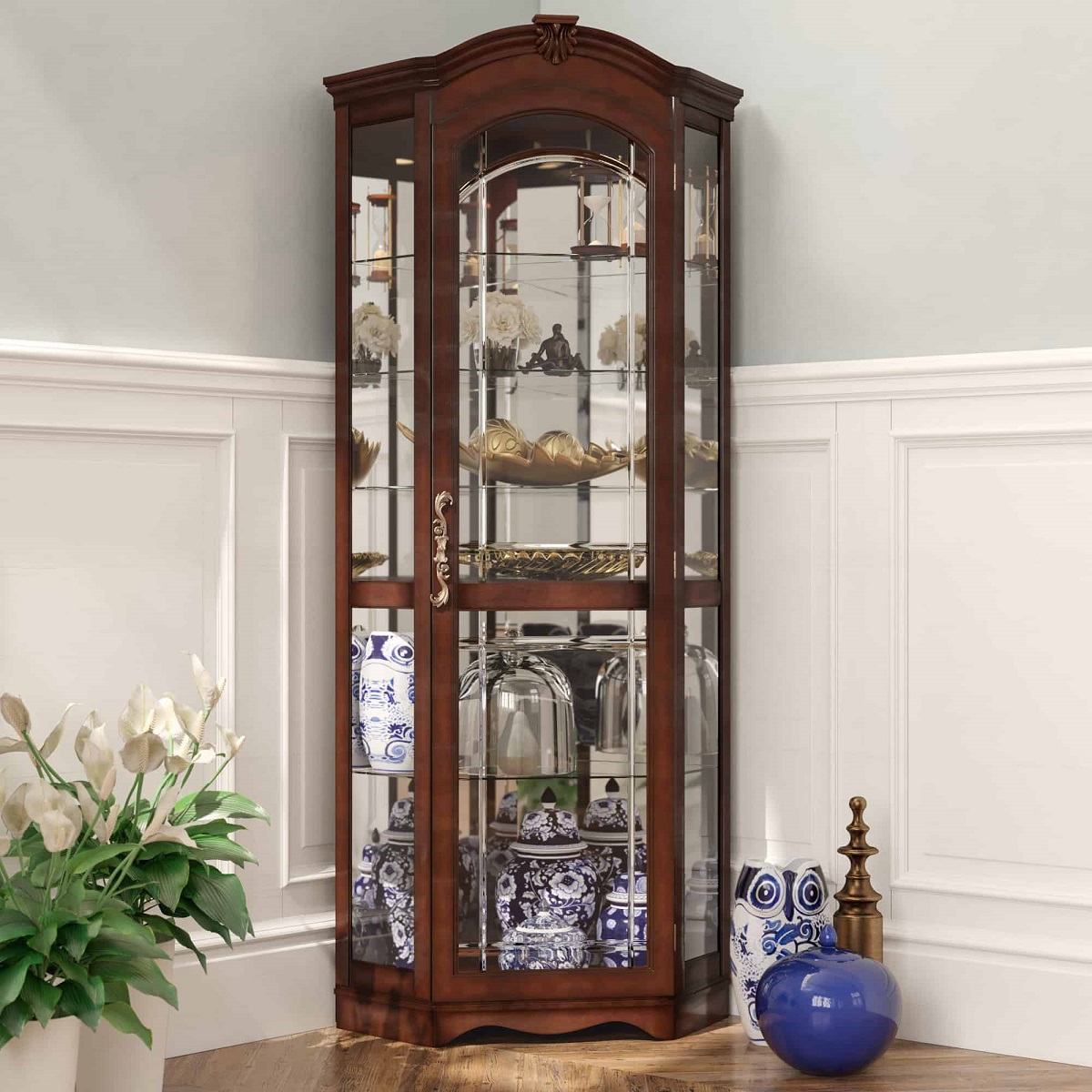

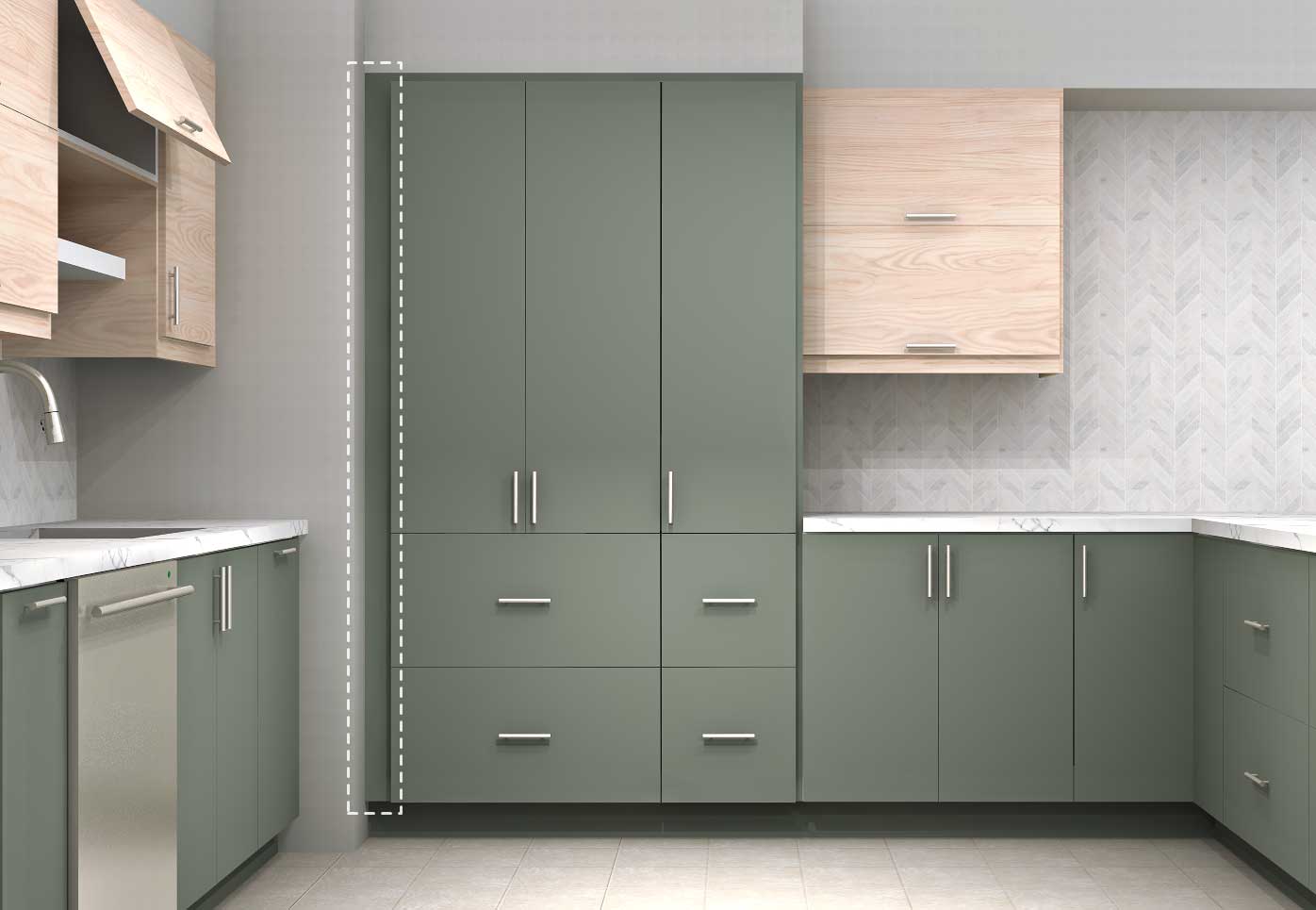


0 thoughts on “What Is A Hoosier Cabinet”